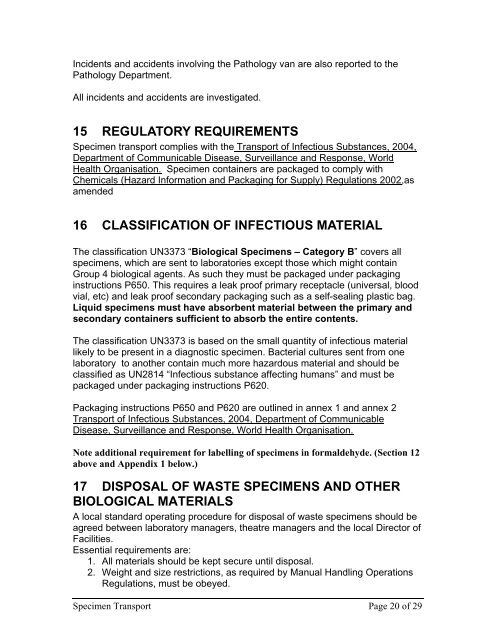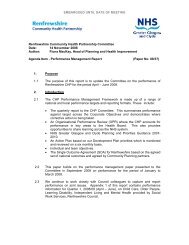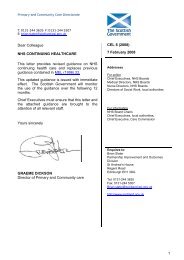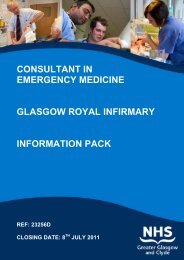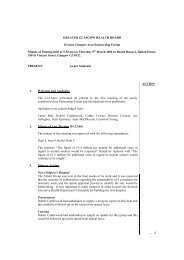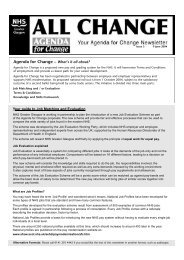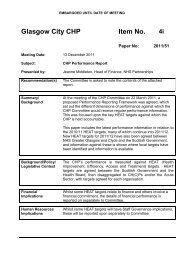transport & disposal of specimen containers & specimens policy
transport & disposal of specimen containers & specimens policy
transport & disposal of specimen containers & specimens policy
- No tags were found...
You also want an ePaper? Increase the reach of your titles
YUMPU automatically turns print PDFs into web optimized ePapers that Google loves.
Incidents and accidents involving the Pathology van are also reported to thePathology Department.All incidents and accidents are investigated.15 REGULATORY REQUIREMENTSSpecimen <strong>transport</strong> complies with the Transport <strong>of</strong> Infectious Substances, 2004,Department <strong>of</strong> Communicable Disease, Surveillance and Response, WorldHealth Organisation. Specimen <strong>containers</strong> are packaged to comply withChemicals (Hazard Information and Packaging for Supply) Regulations 2002,asamended16 CLASSIFICATION OF INFECTIOUS MATERIALThe classification UN3373 “Biological Specimens – Category B” covers all<strong>specimen</strong>s, which are sent to laboratories except those which might containGroup 4 biological agents. As such they must be packaged under packaginginstructions P650. This requires a leak pro<strong>of</strong> primary receptacle (universal, bloodvial, etc) and leak pro<strong>of</strong> secondary packaging such as a self-sealing plastic bag.Liquid <strong>specimen</strong>s must have absorbent material between the primary andsecondary <strong>containers</strong> sufficient to absorb the entire contents.The classification UN3373 is based on the small quantity <strong>of</strong> infectious materiallikely to be present in a diagnostic <strong>specimen</strong>. Bacterial cultures sent from onelaboratory to another contain much more hazardous material and should beclassified as UN2814 “Infectious substance affecting humans” and must bepackaged under packaging instructions P620.Packaging instructions P650 and P620 are outlined in annex 1 and annex 2Transport <strong>of</strong> Infectious Substances, 2004, Department <strong>of</strong> CommunicableDisease, Surveillance and Response, World Health Organisation.Note additional requirement for labelling <strong>of</strong> <strong>specimen</strong>s in formaldehyde. (Section 12above and Appendix 1 below.)17 DISPOSAL OF WASTE SPECIMENS AND OTHERBIOLOGICAL MATERIALSA local standard operating procedure for <strong>disposal</strong> <strong>of</strong> waste <strong>specimen</strong>s should beagreed between laboratory managers, theatre managers and the local Director <strong>of</strong>Facilities.Essential requirements are:1. All materials should be kept secure until <strong>disposal</strong>.2. Weight and size restrictions, as required by Manual Handling OperationsRegulations, must be obeyed.Specimen Transport Page 20 <strong>of</strong> 29


